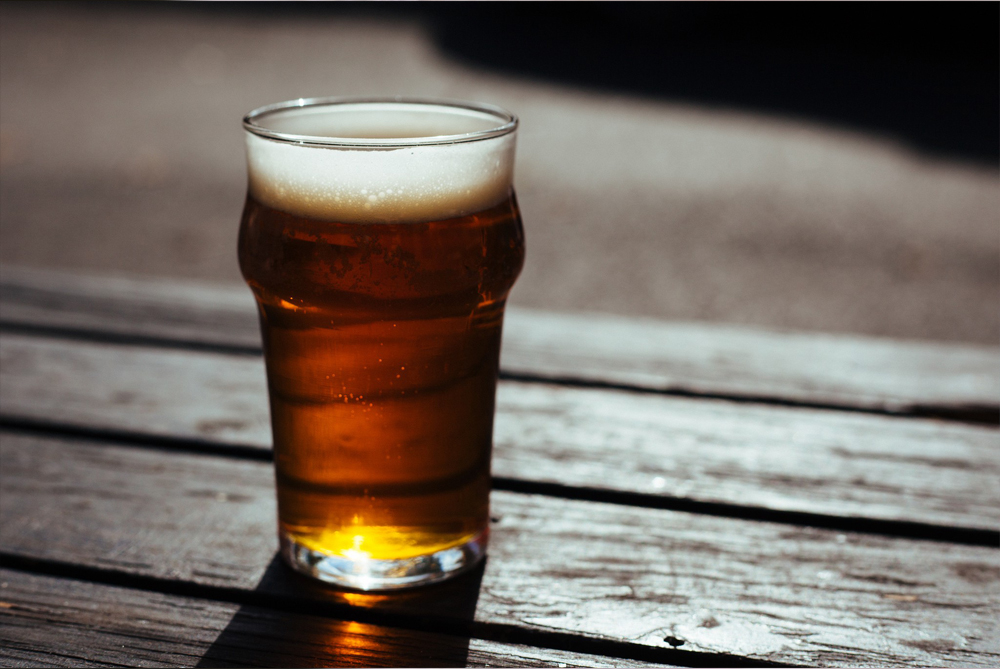If we were playing the word association game and you would say, Barley, I would say, Beer! That’s the association most of us would make in today’s day and age, but ask your grandmother and she would have a whole different story to tell. There was a time when barley was considered a top grain by nutritionists, but soon it was overtaken by rice and wheat. However, the world is now re-awakening to its healthy properties and it’s not hard to see why.
Filling fiber
Just one serving of barley provides more than half of the recommended daily intake of fiber. It also promotes the growth of probiotics, that aid digestion, and metabolism. Nutrition-rich barley is used for lowering blood sugar, cholesterol, blood pressure, and promoting weight loss. Barley can be consumed by healthy individuals of any age. Since it is considered to have a low GI (Glycemic Index), it is beneficial for diabetics, especially for those with Type 2 diabetes. Research says that blood glucose and insulin homeostasis is maintained better with barley than with oats. It acts in the same way diabetic medication does to lower sugar levels in the body. Consuming barley along with medicine can decrease the effectiveness of medication and so 200 gm of barley after taking oral diabetes medicine is generally recommended.
Today, nutritional deficiencies abound, especially in children, who are always on the go and under pressure to perform. Barley juice every day helps teens meet their nutritional requirements. This improves their stamina and ability to cope with stress. While most children may not like the taste of barley water there are other creative ways of dressing up this healthy whole-grain. Barley dosa with spices is a good breakfast option. It takes a long time to soak, so make sure you immerse it in water for at least 8 hours. You can then blend it or mix it with yogurt to make a smoothie, add it to vegetable or chicken soup, or mix it with wheat flour to make nutritious rotis. Try swapping out pasta or rice for cooked barley to get that boost of dietary fiber, which is the key to staying full and satisfied longer.
Benefits of barley grass
The health benefits of barley grass, the leafy growth of the young barley plant, are not as well-known, or as well-documented as barley, but it is just as versatile. Barley grass can be easily absorbed in the digestive tract, giving your body access to vital nutrients. Barley grass is a whole food providing many essential nutrients that act together, optimizing bodily functions and detoxifying the body. One of the reasons for its detoxifying effect is its high chlorophyll content.
Many of the vitamins, minerals, and enzymes present in barley grass act as powerful antioxidants, protecting our body from free radical damage, supporting our immune system and cardiovascular health. Barley grass is a rich source of dietary fiber which is good for colon health and (bowel) regularity. It is naturally alkaline and helps to neutralize excess acidity in the body. Barley grass can also help you recover from anemia. It reduces blood sugar and therefore aids in diabetes and weight loss. 18 amino acids are found in barley grass, including the eight essential ones – that is, the amino acids we must get from out diets which the body cannot produce by itself. You can also look for barley grass powder which contains plenty of vitamins and minerals. Avoid eating food for half an hour before and after consumption of the powder.
Cashing in on all the barley benefits is easy but accommodating barley in your diet and increasing your intake should be a gradual process. As it is otherwise you may experience bloating and flatulence. Plan your barley meals in small quantities every day and slowly savor this wholesome grain.
Now, go get your grain on!





